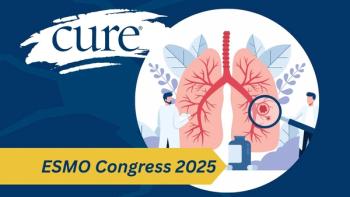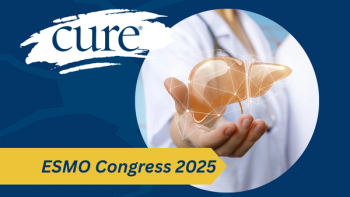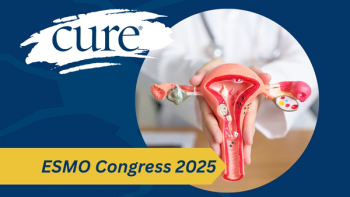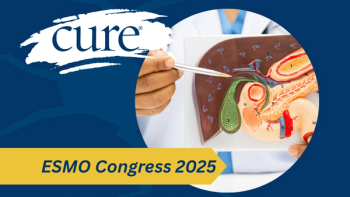
Adding Radiation Improves Survival in High-Risk Prostate Cancer Patients
Interim results from a phase 3 trial showed that radiation added to androgen-deprivation therapy (ADT) increased overall survival and decreased the risk of death from prostate cancer.
Contrary to popular belief, men with high-risk or locally advanced prostate cancer can benefit from radiation therapy with few significant long-term effects. Interim results from a phase 3 trial showed that radiation added to androgen-deprivation therapy (ADT) increased overall survival and decreased the risk of death from prostate cancer.
After a seven-year follow up, 74 percent of patients who had radiation were alive compared with 66 percent on ADT alone. Researchers also concluded that the risk of prostate cancer death dropped by 43 percent compared with hormone therapy alone (from 26 percent to 10 percent). Overall survival increased by six months. Side effects were modest and included diarrhea and rectal bleeding.
Radiation has not been the standard treatment for this population due to the unknown benefit and potential side effects. With such significant results, however, radiation in combination with ADT should now be a standard of care, said lead researcher on the trial, Padraig Warde, MBChB, head of radiation oncology at the University of Toronto’s Princess Margaret Hospital. Final study data are expected in 2012, but researchers predict the results will hold, estimating a 15 percent risk of prostate cancer death compared with 23 percent with ADT alone.
Anthony D’Amico, MD, PhD, professor of radiation oncology at Harvard Medical School, who led the discussion following Warde’s presentation, said prostate cancer, even when it’s high-risk or locally advanced, is still a long-term disease, and patients who have other, more significant health issues may decide to forego radiation.





